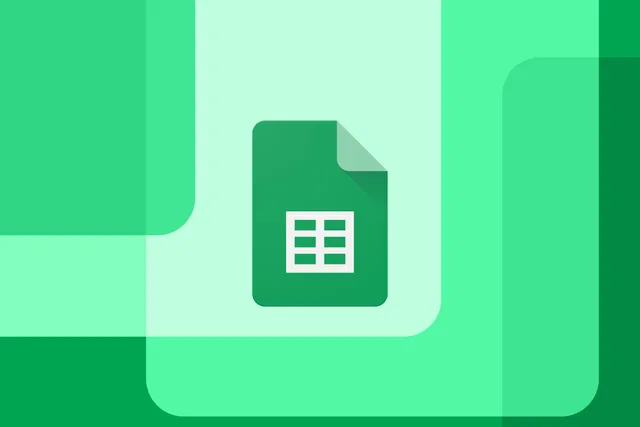Google has recently introduced a new table formatting feature in Sheets that makes it significantly easier to create self-contained, sortable blocks of cells within a spreadsheet.
The company has continued to enhance this functionality by rapidly updating the software with features that accelerate the setup, configuration, and visualization of data within tables.
The latest update, which is currently being rolled out in stages, builds upon the earlier addition of table formatting. It introduces “intelligent suggestions” that display a “+” button when you select data that could be transformed into a table. By clicking this button, the data is automatically formatted with alternating colors and sortable, filterable headers. This change expands on Google’s table formatting feature introduced in May, which made it effortless to quickly add tables to a spreadsheet, delighting users.
:no_upscale():format(webp)/cdn.vox-cdn.com/uploads/chorus_asset/file/25572462/Table_conversion_suggestions.gif)
Earlier this month, Google introduced updates that enable you to swiftly add rows by hovering your mouse on the left edge of a table and clicking a “+” button, as well as add columns by hovering on the right. Concurrently, the company implemented automatic column categories: when you convert data to a table, Sheets determines the appropriate format for the data in each column. For instance, currency columns may be formatted to always display a dollar sign, or date columns might consistently show two-digit years at the end.
It is commendable to see Google make these significant improvements to Sheets. Before these updates, manually formatting data to create a table was a time-consuming process. However, now, simply selecting a block of data and converting it triggers automatic actions, such as setting alternating colors and converting column headers for easy sorting and filtering. While spreadsheets can be enjoyable for many, even enthusiasts found these tasks tedious before. Google’s latest enhancements have streamlined the table creation process, making it more efficient and user-friendly.


















